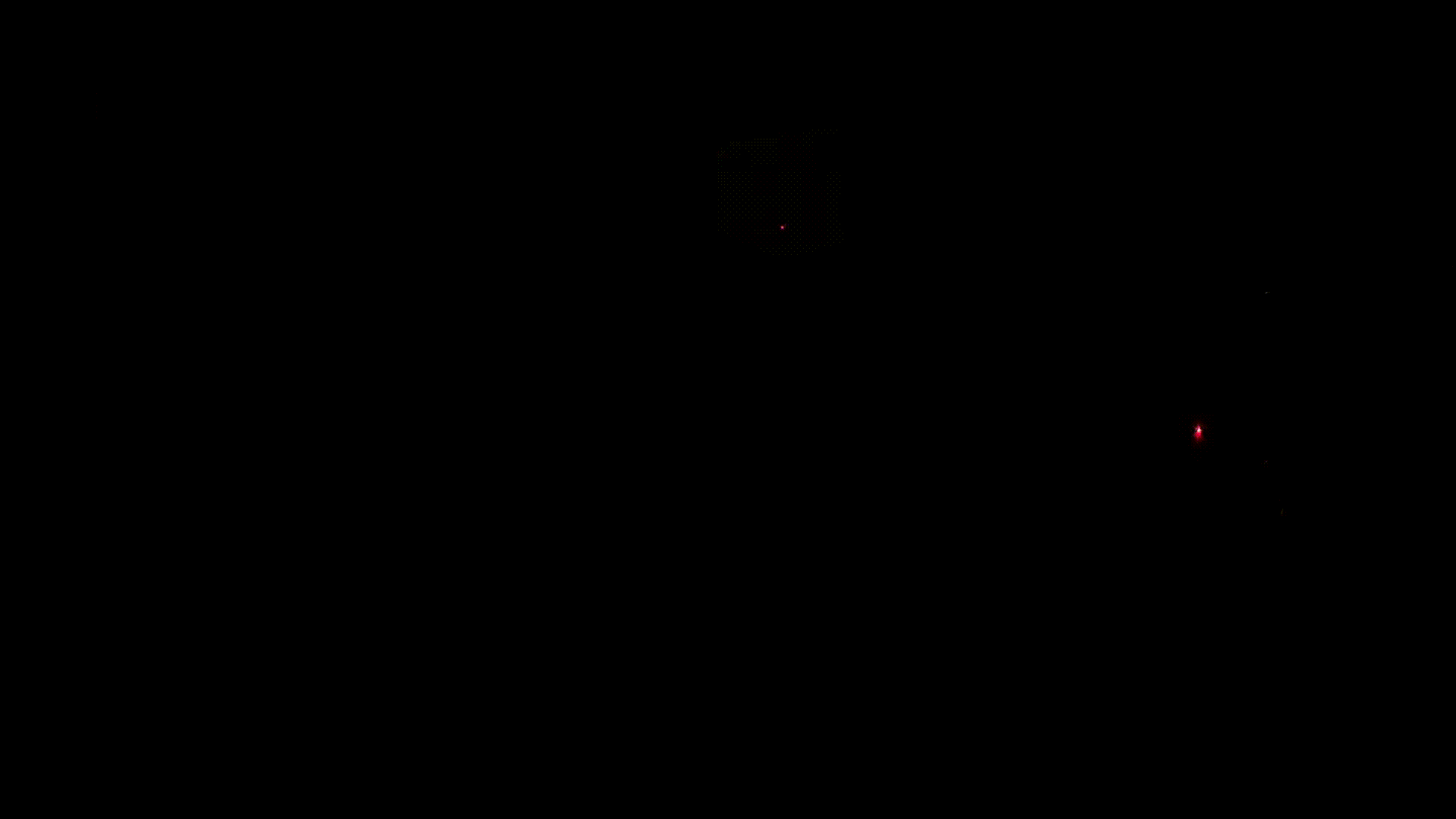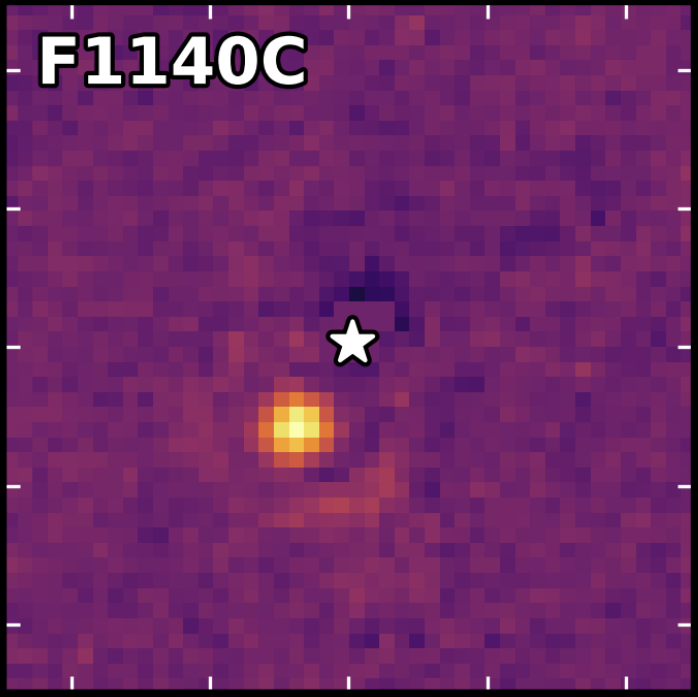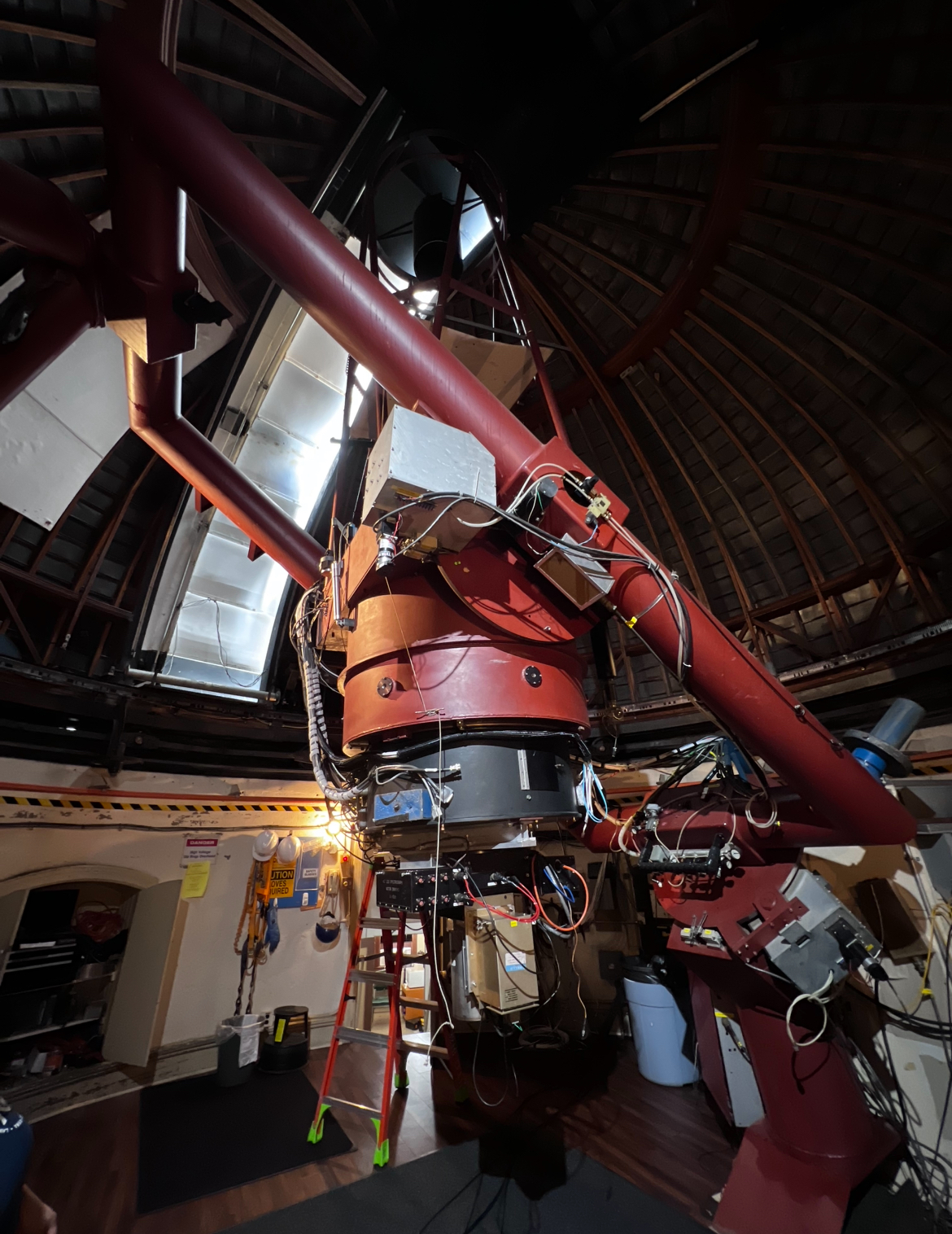Exoplanet imaging is made near-impossible due to the stark difference in brightness of an exoplanet as compared to its host star. One method used to eliminate starlight from exoplanet images is a post-processing method called 'Reference Differential Imaging,' or RDI. Using a 'reference image,' aka a lone star with a similar spectral type and magnitude to the star hosting a planet (aka the 'science target').By subtracting the reference target from the science target, we subtract away stray starlight left after imaging an exoplanet-containing system (with the image being taken using coronagraphic methods). However, in the era of the James Webb Space Telescope (JWST), there are several cases where one may want to use a 'reference image' containing multiple (binary) sources. This could be a bounded binary star system or a star and background galaxy.
For this project, I created simulations of RDI (Reference Differential Imaging) imaging with JWST's NIRCam (Near InfraRed Camera) to explore and analyze the effects of binary sources on contrast limits. I primarily used a package called panCAKE, created by Dr. Aarynn Carter (who mentored me for this project). Since this is an unexplored area of RDI imaging, a lot of effort on this project went into creating analysis methods that align with current direct-imaging industry standards.
In addition to this project serving as my undergraduate thesis at UCSC, I had the great pleasure of presenting this research at SPIE: Astronomical Telescopes and Instrumentation held in Yokohama, Japan, back in June 2024, which resulted in a first-author publication. On the left is a link to my first-author publication for this work.






